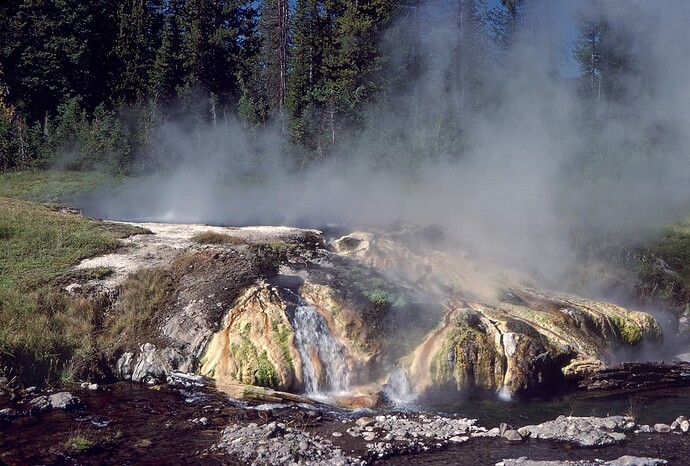With reference to several comments about halfway through this thread about administering an estate, I’m looking for suggestions on archiving photos of people and places associated with my high school class.
For example, as @jeff1 noted:
One problem I’ve noted with digital photos in general is the lack of a simple and widely used standard for embedding identification information in the digital file so anyone opening it can easily find it. We need the equivalent of the information written or pasted on the back of a printed photo. This is not just for family photos; it’s for publication as well.
And @gastropod said:
Metadata is intrinsically fragile. Even filenames aren’t necessarily the same from one flavor of OS to another because the allowed character sets differ. Metadata stored inside the file (e.g. mp3 tags) are more robust than metadata stored outside (file dates, Mac file tags and comments), but it can still get mangled or lost if it passes through software that doesn’t know what to do with it, or if preferences are set to strip it.
EXIF (camera data) and IPTC (cataloguing data) are -the- standard image metadata sets and are platform agnostic. Even though IPTC lacks a few things, it’s complete enough and well enough supported that it isn’t going to be supplanted for a long time. Both are embedded inside the file. Vast amounts of photo/image software can deal with at least the major subsets, and there are lots of utilities to do the same (exiftool, GUIs built on exiftool, and some utilities doing their own algorithms).
Apple Photos attaches its metadata such as captions and keywords as IPTC on export. I don’t know off hand remember any good free image metadata utilities for mac other than exiftool (command line), but Graphic Converter and A Better File Attributes are both pretty good for adding/changing both EXIF and IPTC.
Photoshop Elements is a popular consumer photo app on both windows and mac, and it certainly does at least the basic EXIF and IPTC. I don’t know if Google Photos on android does any metadata, but I’d hope that they’d have at least the tiny subset that Apple supports.
I haven’t scanned any photos for several years, but I don’t remember scansnap or vuescan letting me enter metadata per photo, and if that hasn’t changed, it’s an unfortunate lack.
I think the bigger problem is a combination of lack of awareness that the metadata features exist, the common perception of “but I’d never forget that!”, and even realizing that memory is fragile, a lack of time or toit to add the data. (Me? Procrastinate? I’ll get back to you on that…)
We recently had our 50th reunion and hundreds of digital photos and scans.
Ideally, for each file, we need to document:
- Who is pictured, including both (maiden) names at the time of graduation as well as subsequent (married) names.
- Location where photo was taken (easily stored in the photo’s EXIF data as latitude and longitude but not the name of the location)
- Date of picture (stored in EXIF)
- Contributor
- Contribution date
Among the ways to capture this information, I’ve considered putting it in:
-
File name (very visible but length is limited)
-
EXIF and IPTC editors such as GraphicConverter or ExifTool (Very hard to see or edit)
-
Application-specific photo management software, e.g., Apple Photos, Google Photos, etc. (platform-specific and not easily represented as a URL to display in web pages)
Can anyone recommend an approach?
Thank you.
